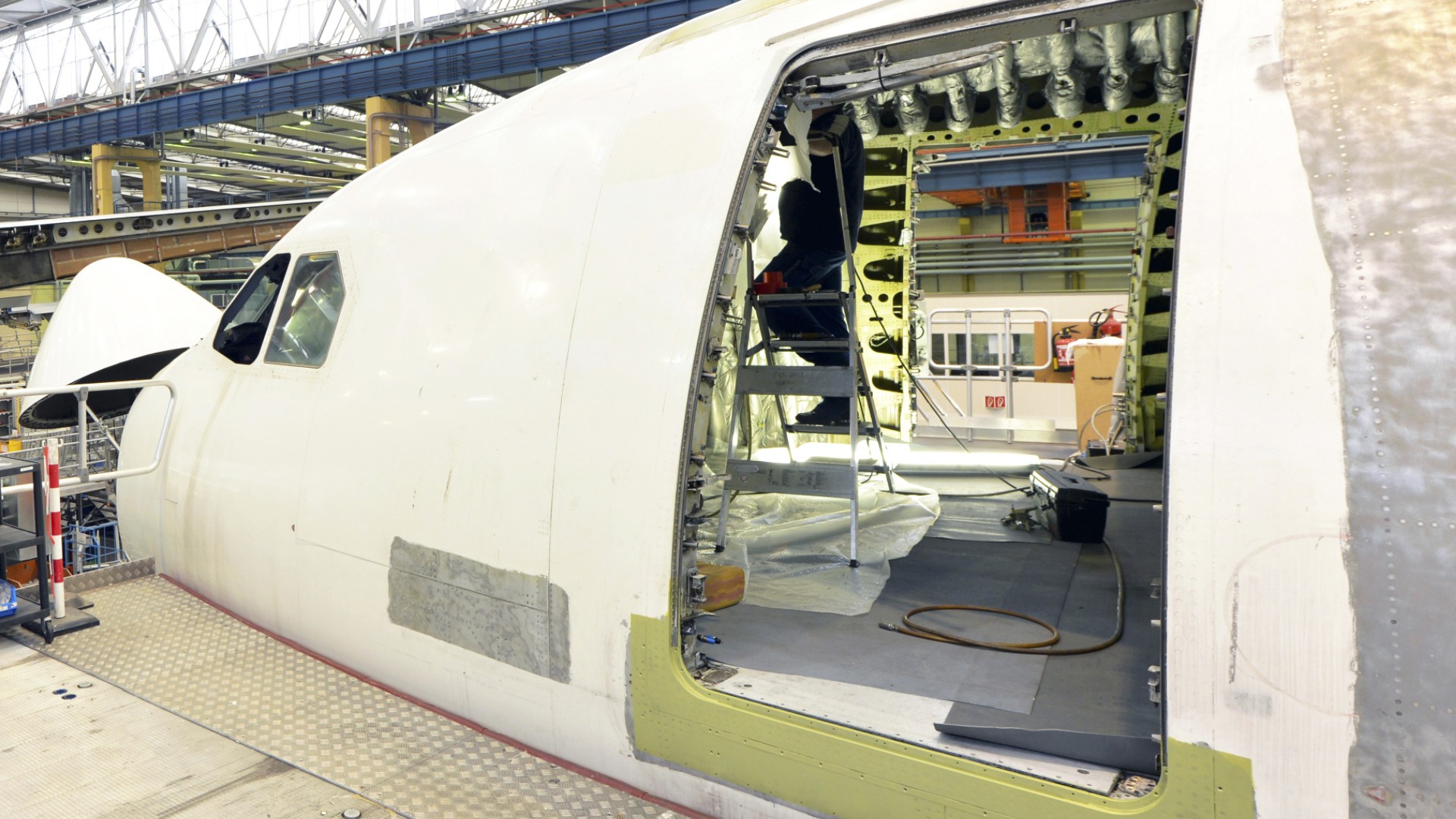Fiberglass Laminators & Fabricators
Boat Builder, Chopper Gun Operator, Fiberglass Laminator, Laminator
 Select a military branch to see samples.
Select a military branch to see samples.
Mission Generation Vehicular Equipment Maintenance; Mission Generation Vehicular Equipment Maintenance Apprentice; Mission Generation Vehicular Equipment Maintenance Apprentice, Firefighting and Refueling Vehicle and Equipment Maintenance; Mission Generation Vehicular Equipment Maintenance Craftsman; Mission Generation Vehicular Equipment Maintenance Helper; Mission Generation Vehicular Equipment Maintenance Helper, Firefighting and Refueling Vehicle and Equipment Maintenance; Mission Generation Vehicular Equipment Maintenance Journeyman; Mission Generation Vehicular Equipment Maintenance Journeyman, Firefighting and Refueling Vehicle and Equipment Maintenance; Mission Generation Vehicular Equipment Maintenance, Apprentice, Material Handling Equipment (MHE)/463L Maintenance; Mission Generation Vehicular Equipment Maintenance, Helper, Material Handling Equipment (MHE)/463L Maintenance
AH-64 Attack Helicopter Repairer; Allied Trades Specialist; UH-60 Helicopter Repairer/Aircrew Member; Unit Supply Specialist; Wheeled Vehicle Mechanic
Aviation Maintenance Technician; Damage Controlman; Marine Safety Specialist Engineer; Material Maintenance Specialty
No similar titles were found.
Hull Maintenance Technician; Machinery Repairman; Machinery Repairman Apprentice
No similar titles were found.
What they do:
Laminate layers of fiberglass on molds to form boat decks and hulls, bodies for golf carts, automobiles, or other products.
On the job, you would:
- Release air bubbles and smooth seams, using rollers.
- Spray chopped fiberglass, resins, and catalysts onto prepared molds or dies using pneumatic spray guns with chopper attachments.
- Mix catalysts into resins, and saturate cloth and mats with mixtures, using brushes.
Knowledge
Business
- management
- administrative services
Manufactured or Agricultural Goods
- manufacture and distribution of products
Education and Training
- teaching and course design
Math and Science
- chemistry
Skills
Basic Skills
- keeping track of how well people and/or groups are doing in order to make improvements
- listening to others, not interrupting, and asking good questions
Problem Solving
- noticing a problem and figuring out the best way to solve it
Abilities
Hand and Finger Use
- keep your arm or hand steady
- hold or move items with your hands
Controlled Movement
- use your arms and/or legs together while sitting, standing, or lying down
- quickly change the controls of a machine, car, truck or boat
Ideas and Logic
- notice when problems happen
- order or arrange things
Endurance
- exercise for a long time without getting out of breath
Personality
People interested in this work like activities that include practical, hands-on problems and solutions.
They do well at jobs that need:
- Attention to Detail
- Dependability
- Cautiousness
- Perseverance
- Stress Tolerance
- Achievement Orientation
Technology
You might use software like this on the job:
Spreadsheet software
- Microsoft Excel
Word processing software
- Microsoft Word
Enterprise resource planning ERP software
Education
Education: (rated 2 of 5)
high school diploma/GED or
no high school diploma/GED
usually needed
no high school diploma/GED
usually needed
Get started on your career:
Apprenticeship.gov
Job Outlook
Average
New job opportunities are likely in the future.
Explore More
- Foundry Mold & Coremakers
- Insulation Workers, Floor, Ceiling, & Wall
- Molders, Shapers, & Casters
- Structural Metal Fabricators & Fitters
- Tire Builders
You might like a career in one of these industries:
See more details at O*NET OnLine about Fiberglass Laminators & Fabricators.





